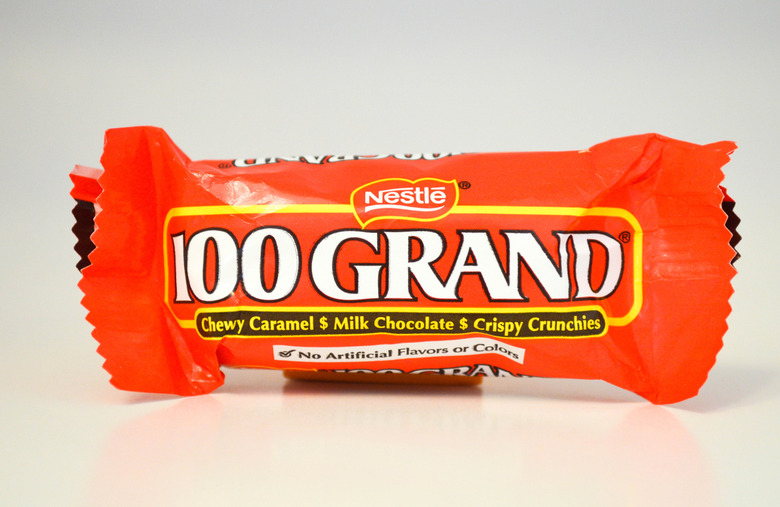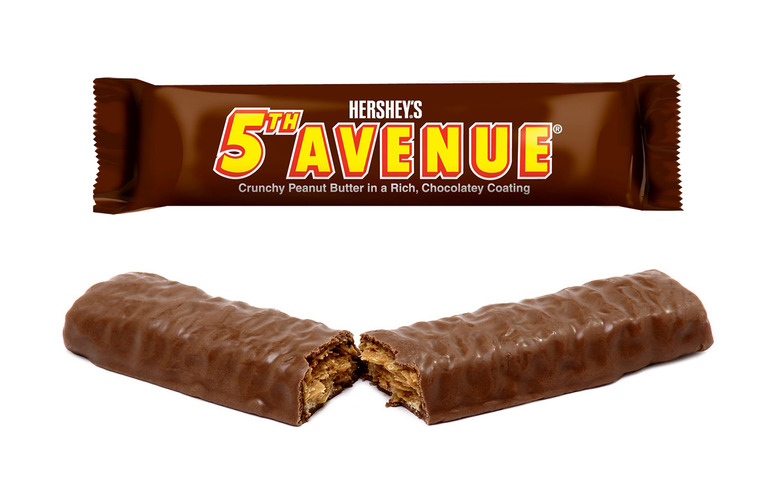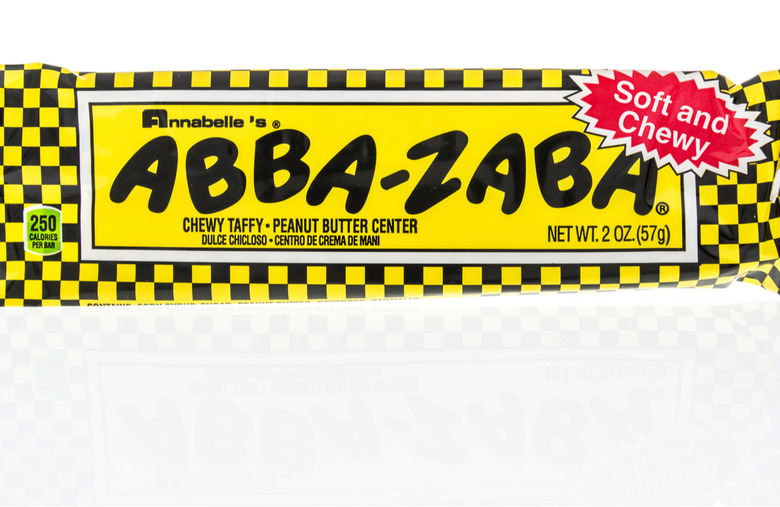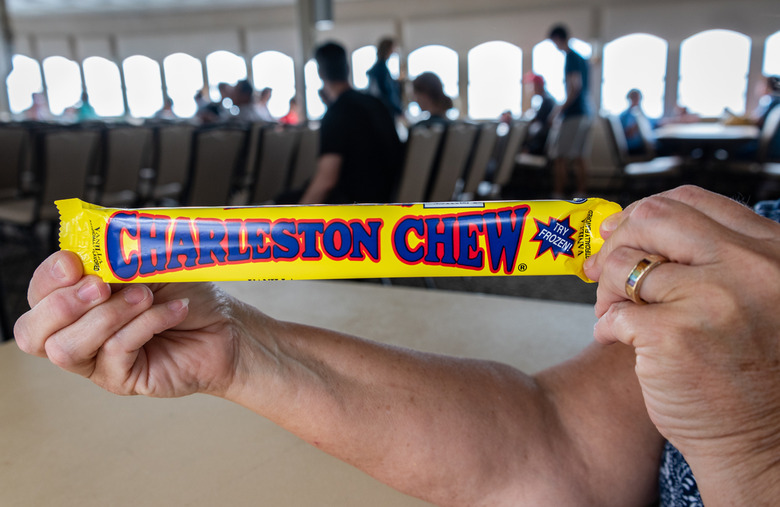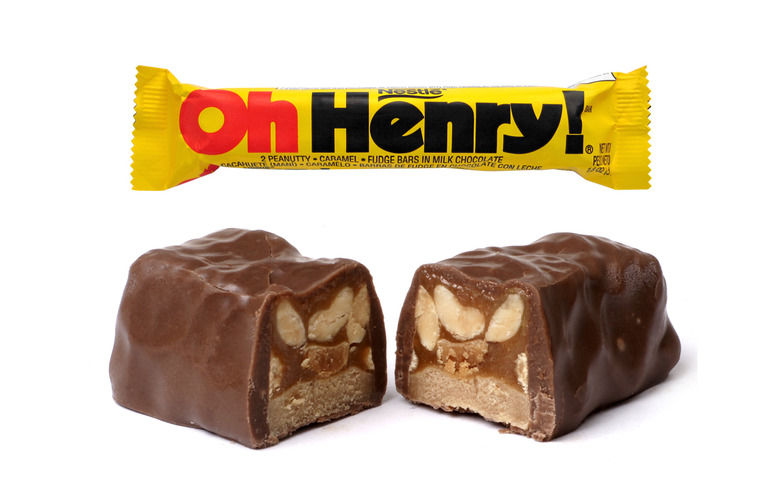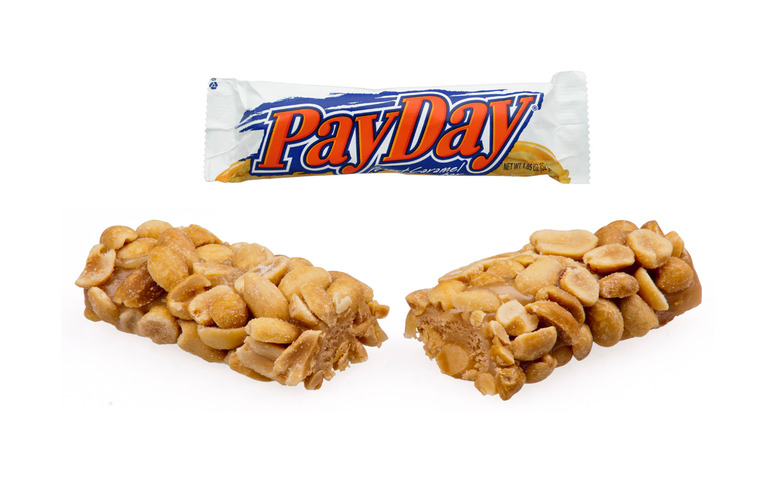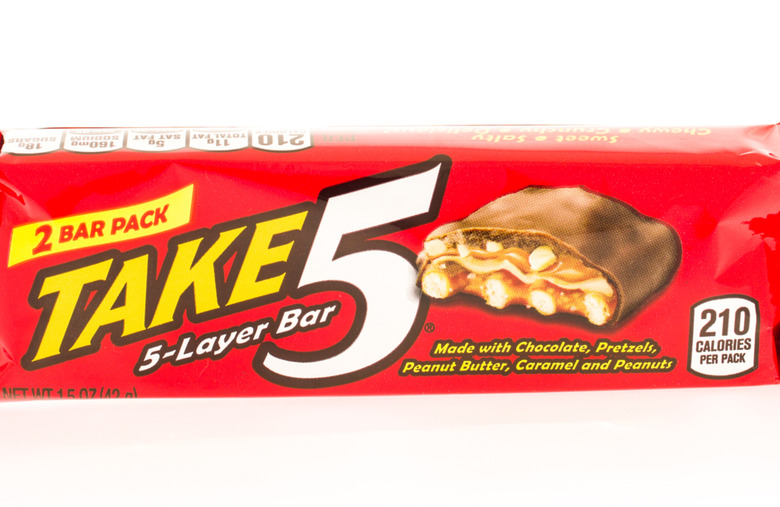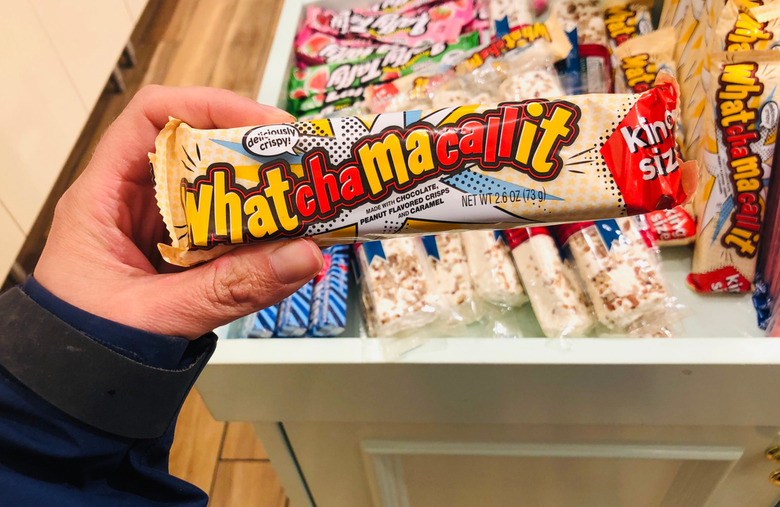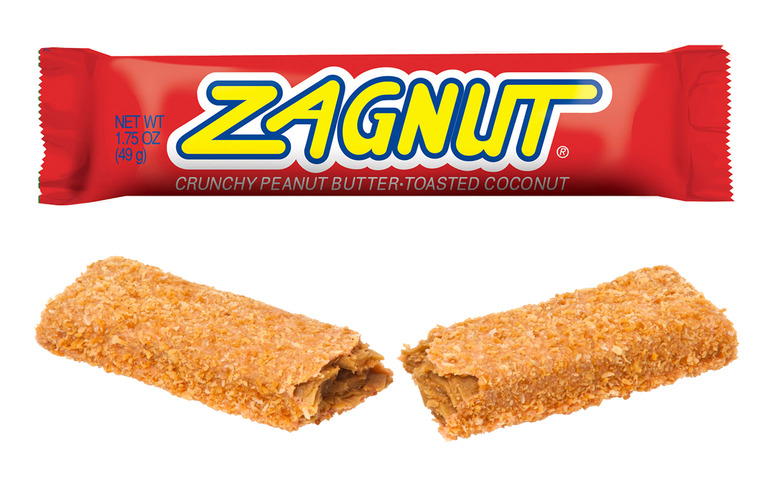America's 10 Most Underrated Candy Bars
In this era of artisanal and farm-to-table everything, there are still few greater culinary joys than biting into a proudly unhealthy mass-produced candy bar. While there are scores of candy bars on the American market, however, some tend to get the short end of the stick, for no good reason. These are 10 underrated candy bars that are worthy of far more recognition than they get.
100 Grand
Produced by Nestlé and introduced in 1966, the 100 Grand bar consists of a thick caramel core surrounded by chocolate and crisped rice.
5th Avenue
It's amazing how little is known about the origins of the 5th Avenue Bar, which is today produced by Hershey's. It was introduced by Luden's, and while some claim that it made its first appearance in 1936, nobody has been able to track down any marketing material for it from prior to 1962. The bar hasn't even been advertised since 1993! Even so, it's worthy of praise. It's been compared to the Butterfinger, and with good reason: They both have that crispy-crunchy, peanut butter-flavored filling and are both covered in something resembling chocolate (but sadly not real chocolate), but 5th Avenue's filling is more rich and molasses-y.
Abba-Zaba
The Abba-Zaba might have the most distinctive packaging of any candy bar on the market, but we bet that you've never bought one. While most common west of the Rockies, they're available at specialty candy shops all over the country, and the next time you see one we suggest you buy it, but only if you don't have any dental work: These are made by enrobing peanut butter with a coating of white taffy. They're chewy, sweet, and peanutty, but they're very sticky. These were invented way back in 1922, and today are made by Annabelle Candy Company.
Charleston Chew
Created in 1922 and named after the Charleston dance craze, these big bars are made with flavored nougat covered in chocolate. Not only do they come in marshmallow, vanilla, chocolate, and strawberry flavors, they're also great frozen. Since 1993, they've been produced by Tootsie Roll Industries.
Clark Bar
In the trifecta of crispy peanut butter bars that is Butterfinger, 5th Avenue, and Clark Bar, true connoisseurs will tell you that the Clark Bar is superior in just about every way. Made by NECCO, the Clark Bar is the only one of the three that contains real milk chocolate (the price of cocoa butter necessitates the use of replacement oils by many candy companies, and products that don't contain cocoa butter can't be called milk chocolate), the recipe is the same that was used when David Clark invented it in 1917, and it has the most pronounced fresh-roasted peanut flavor.
Oh Henry!
Introduced by the Williamson Candy Company in 1920 and today made by Nestlé, the Oh Henry! Bar is made of caramel, peanuts, and fudge enrobed in real Nestlé milk chocolate. The next time you have a hankering for Snickers, go for one of these instead — Oh Henry! predates its competitor by 10 years.
PayDay
Produced since 1932, the PayDay is perhaps the most peanutty bar out there. Sweet and salty, it's made by covering a caramel-nougat core with a pile of salted peanuts.
Take 5
The "5" in Take 5, which recently got some new packaging, represents all of its components: peanuts, pretzels, caramel, peanut butter, and real milk chocolate. Is there anything that sounds better than that?
Whatchamacallit
Whatchamacallit can be considered the redheaded stepchild of the Hershey's portfolio, but just because it doesn't get nearly as much attention as it deserves (advertising for it peaked in the 1980s), doesn't mean it isn't mighty tasty. It's a mixture of peanut butter and crisped rice, topped with caramel and covered in chocolate.
Zagnut
A bar unlike any other, everybody should experience the Zagnut at least once in their lives. Introduced in 1930 and today made by Hershey's, it has a peanut butter wafer center that's similar to that of Butterfinger, but slightly more delicate, with a small amount of cocoa powder added. It's then coated with toasted coconut — no chocolate coating necessary.

